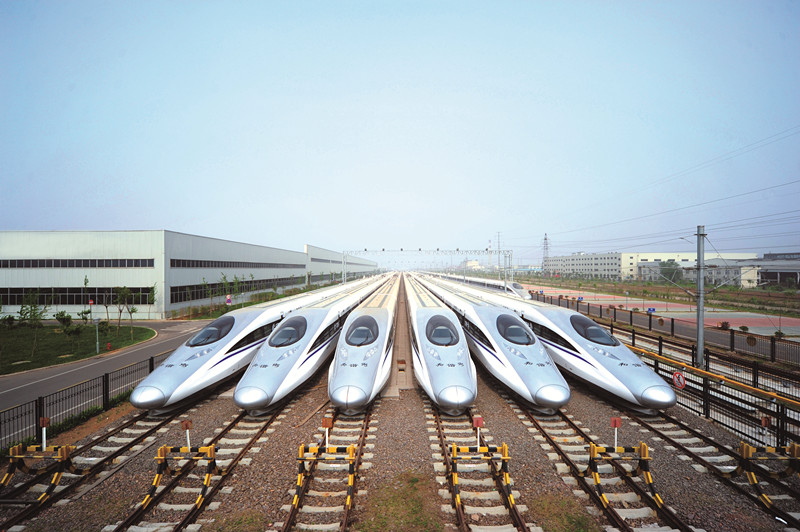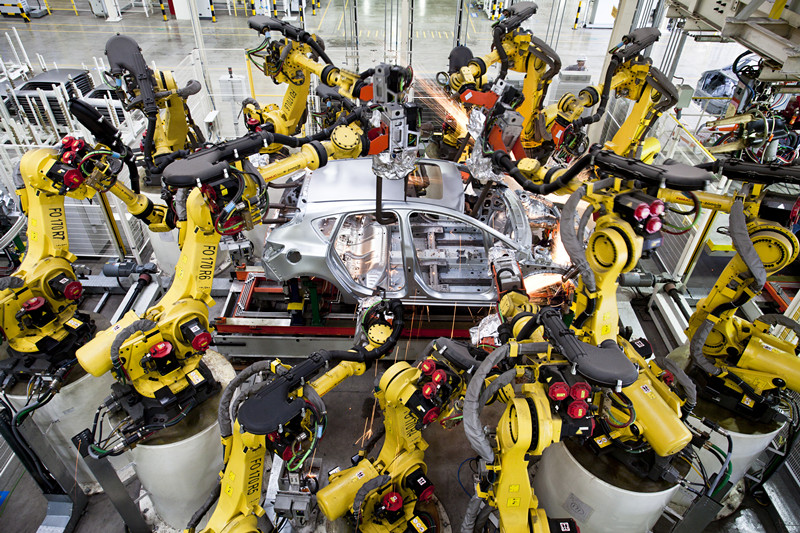Province to establish pilot zone as model for country

Eastern China’s Shandong province is expected to achieve initial success within three years, and make breakthrough progress within five years, in replacing old economic growth drivers with new ones, a local official said. Liu Jiayi, Party chief of the province, said: “Shandong is embracing a golden development opportunity by taking up this major task, through which the province will foster competitive industrial clusters and contribute to the construction of a modern economic system in China.”
Zhang Xinwen, director of the Shandong Development and Reform Commission, said: “The commission, together with a working group set up to push forward the replacement, aims to establish an index system to monitor the conversion of old growth drivers, as well as to track and assess related progress in real time”.
Old growth drivers in Shandong include industries such as traditional manufacturing while the new growth drivers feature industries such as intelligent manufacturing and renewable energy.
In January, the State Council approved Shandong’s action plan to build a comprehensive pilot zone with the specific goal of transforming old economic development drivers to new ones, upgrading the construction of the zone into a national strategy.

According to the plan, the pilot zone will cover an area of nearly 40,000 square kilometers, spreading to the cities of Jinan, Qingdao and Yantai, as well as economic development zones, high-tech zones and special areas supervised by customs in 14 cities.
This year, the province is making efforts to increase the share of added value of strategic emerging industries in its GDP to at least 1 percentage point, and an increase of at least 0.1 percentage point the share of research and development expenditure in its GDP.
To realize these goals and better facilitate the conversion of growth drivers, Shandong plans to pour greater resources into 10 new growth driver industries to foster a batch of modern and competitive industrial clusters.
They include five emerging sectors – new-generation information technology, high-end equipment, new energy and new materials, modern maritime industry and medical and health services – which are key to developing new growth drivers and winning future competitive edges.
The other five sectors – green chemicals, modern high-efficiency agriculture, cultural creativity, tourism and modern finance – will be upgraded from more traditional ones, featuring huge development potential and broad market prospects.
A raft of related projects for major scientific innovation in such fields as information security, new energy cars and high-performance specialty materials will be carried out this year to bring about more breakthroughs in core technologies, according to the provincial government.
“We plan to make around 100 technical breakthroughs every year to lead high-quality development of the 10 industries, and also increase related financial support from 5 million yuan ($732,000) to 10 million yuan for each major R&D project,” said Li Chulin, deputy director of the Shandong Science and Technology Department.
Innovation drives industries, and the province therefore plans to add 10 new State-level innovation centers and 200 provincial-level innovation centers this year.
“By 2020, Shandong will form a new economic development pattern led by new growth drivers, which means the share of the added value of the 10 industries in the provincial GDP is expected to reach 60 percent,” said Zhang.
Province to establish pilot zone as model for country
Shandong plans to complete this round of efforts to replace old economic growth drivers with new ones by 2028 and become a modern province with strong economic strength by 2035.
Since projects are key to the conversion of old and new growth drivers, Zhang said the province had started to attract major projects since April last year.
So far, it has identified 900 projects related to the conversion, with estimated investment totaling 4 trillion yuan.
They include an intelligent manufacturing project by China National Heavy Duty Truck Group and a hydrogen-fuel cell production project by Weichai Power.
A leading heavy truck manufacturer in the country, China National Heavy Duty Truck Group, also known as Sinotruk, will continue to push forward its internationalization and technology-oriented strategies to help implement the conversion of old and new economic growth drivers.
















